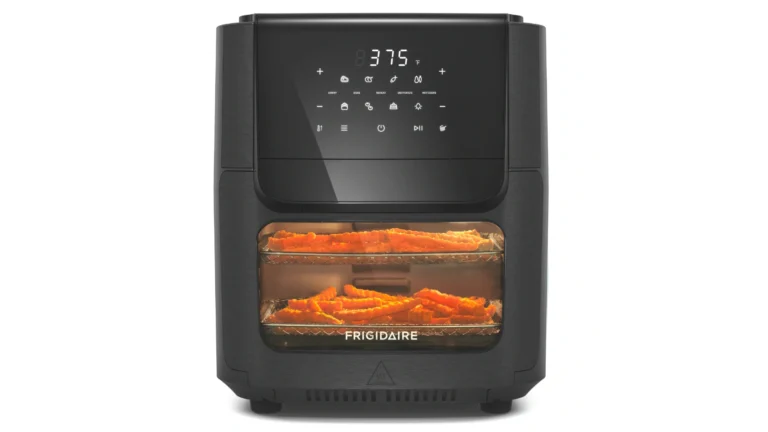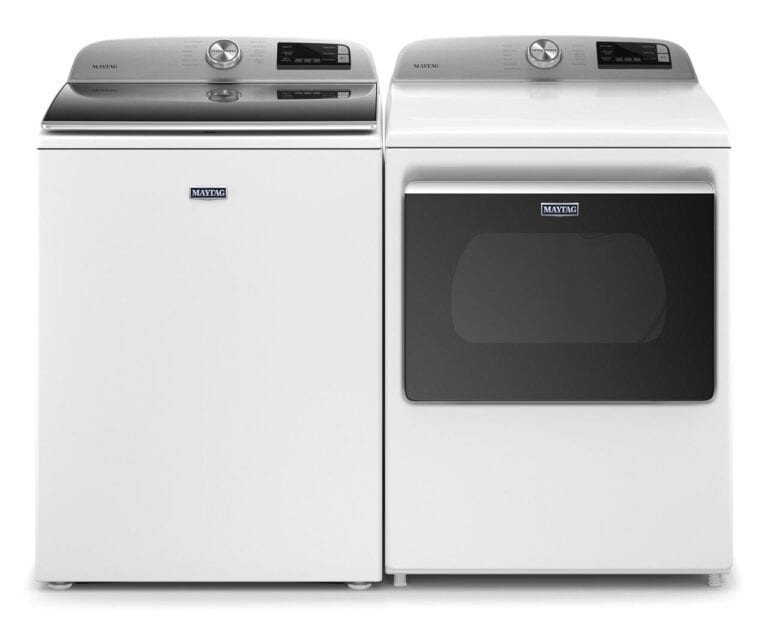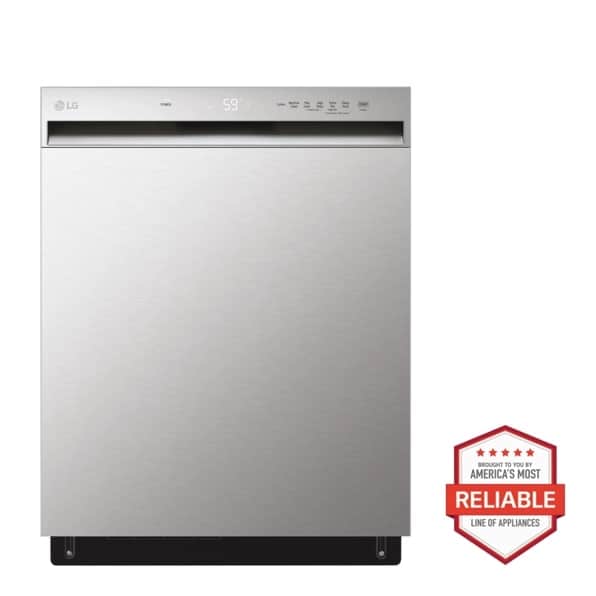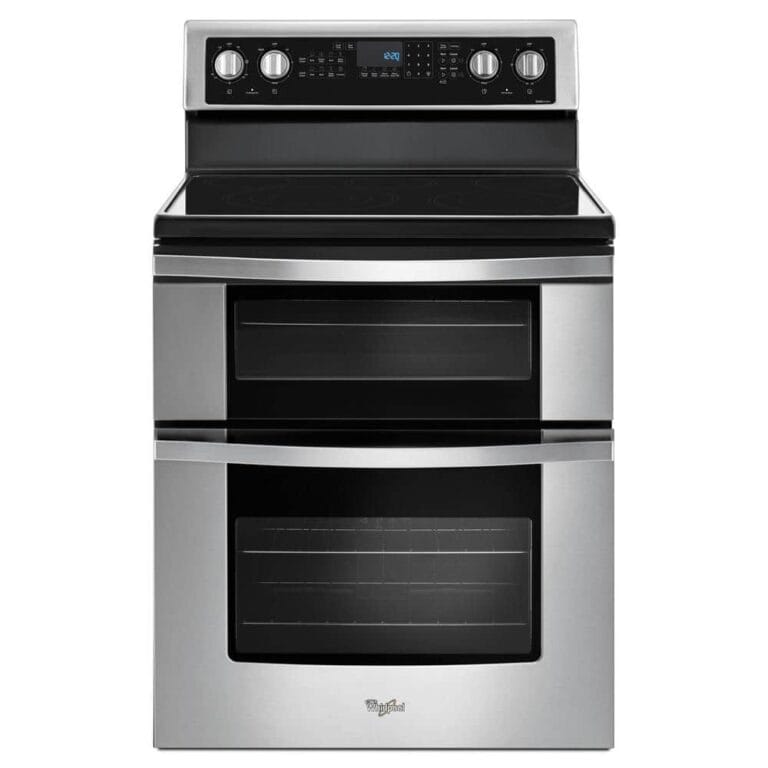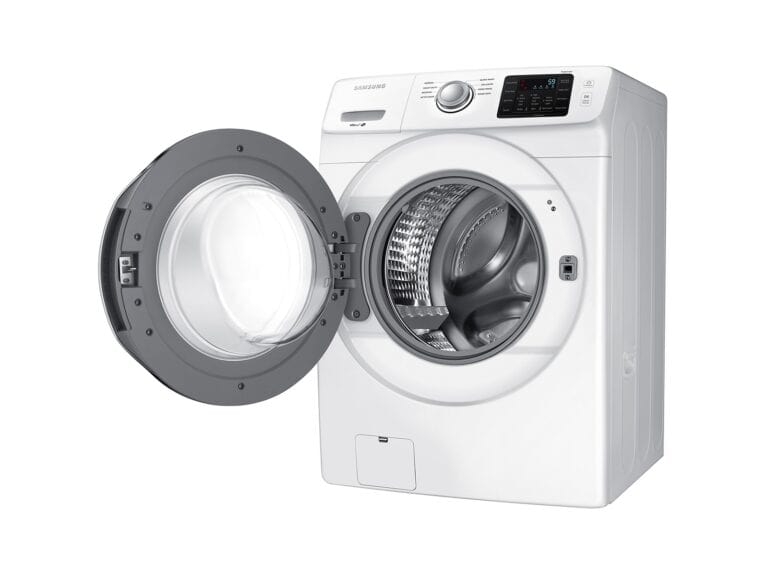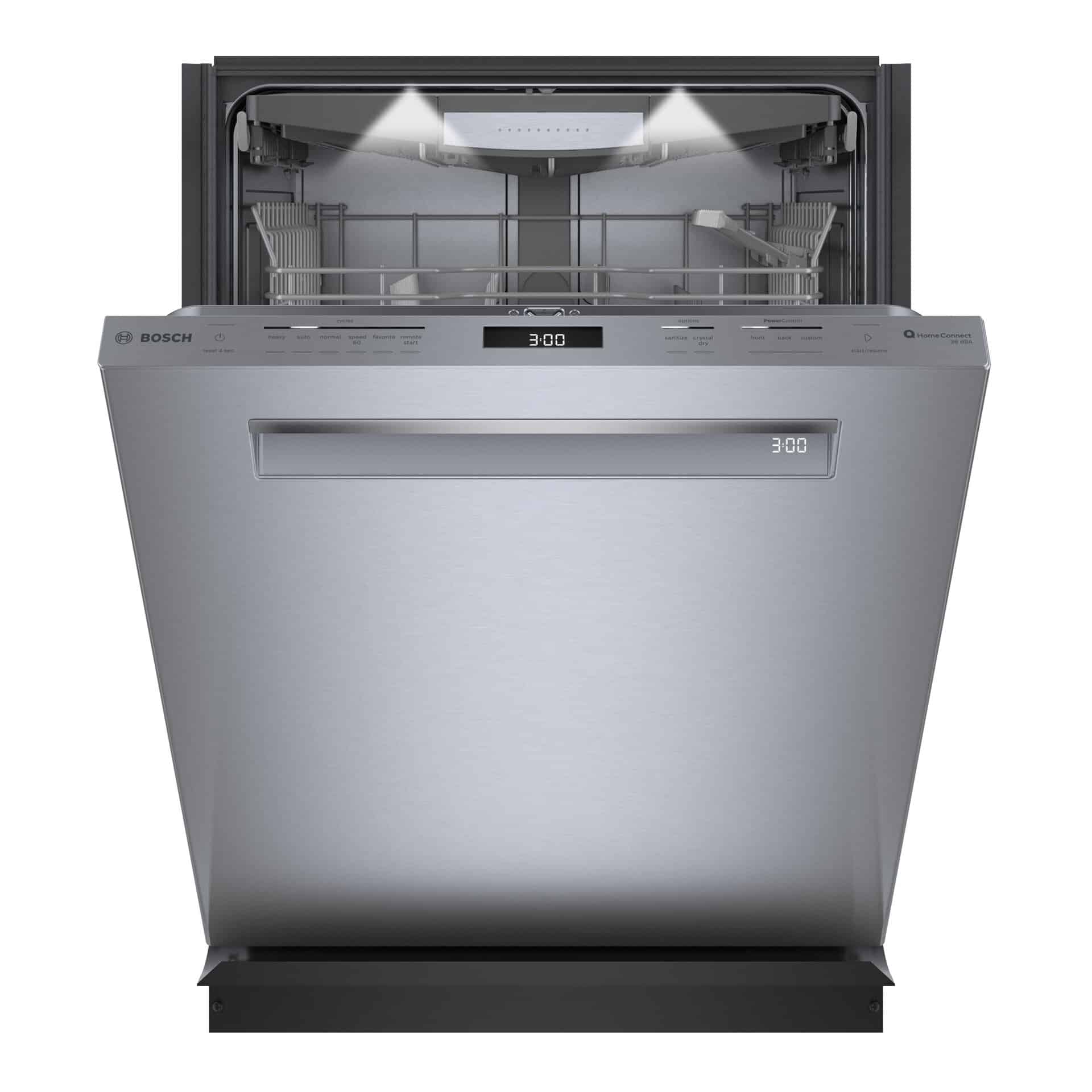
A leaking dishwasher can quickly turn into a major kitchen headache. Water pooling on the floor not only creates a mess but can also damage your home. Fixing a leaky dishwasher often involves simple steps you can take yourself, saving time and money on professional repairs.
Common causes of dishwasher leaks include faulty door gaskets, clogged filters, and loose connections. Identifying the source of the leak is crucial for effective repair. Look for signs of water around the dishwasher’s base, under the sink, or along the door seal.
Regular maintenance plays a key role in preventing leaks. Cleaning the filter, checking hoses, and inspecting the door gasket can help catch potential issues before they worsen. For more complex problems, consulting a professional appliance repair service may be necessary to ensure your dishwasher operates safely and efficiently.
Fixing a Leaky Dishwasher
Identifying the Leak Source
A leaky dishwasher can cause water damage to your kitchen. Finding the source is the first step. Common leak areas include the door seal, water inlet valve, drain hose, and pump.
Door Seal
Check the rubber gasket around the dishwasher door. Is it cracked, torn, or dirty? A damaged seal can let water escape. Clean the seal regularly with a damp cloth.
Water Inlet Valve
The water inlet valve controls water flow into the dishwasher. A faulty valve can leak even when the dishwasher is off. Look for leaks around the valve and its connections.
Drain Hose
The drain hose carries wastewater away. Check for loose connections, cracks, or clogs. A damaged hose can leak during the drain cycle.
Pump
The pump circulates water during the wash cycle and drains wastewater. Leaks around the pump can indicate a seal problem or other damage.
Repairing Common Leaks
Once you’ve identified the source, you can often make the repair yourself.
Replacing the Door Seal
A new door seal is inexpensive and easy to install. Remove the old seal and press the new one into place.
Tightening Connections
Loose connections on the water inlet valve or drain hose can cause leaks. Tighten the connections with a wrench.
Replacing the Drain Hose
A cracked or damaged drain hose should be replaced. Disconnect the old hose and attach the new one securely.
Cleaning the Spray Arms
Spray arms can become clogged with food particles, affecting water distribution and potentially causing leaks. Remove the spray arms and clean the nozzles.
When to Call a Professional
Some repairs are best left to a professional. If you’re not comfortable working with plumbing or electrical components, or if the leak is complex, call a qualified appliance repair technician. Pump repairs, in particular, often require specialized tools and knowledge.
Troubleshooting Table
| Leak Source | Solution | Difficulty | Cost |
|---|---|---|---|
| Door Seal | Replace seal | Easy | Low |
| Water Inlet Valve | Tighten connections, replace valve (if needed) | Medium | Low/Medium |
| Drain Hose | Replace hose | Easy | Low |
| Pump | Call a technician | Hard | High |
| Spray Arms | Clean spray arms | Easy | Low |
Preventing Future Leaks
Regular maintenance can help prevent future leaks. Clean the door seal regularly. Check the hoses for wear and tear. Avoid overloading the dishwasher. Run a dishwasher cleaner periodically to remove buildup. These steps will help keep your dishwasher running smoothly and leak-free. Also, ensure proper drainage by occasionally checking and cleaning the drain line and garbage disposal (if applicable). Properly loading dishes prevents them from blocking spray arms or interfering with the door seal, further minimizing leak risks.
Key Takeaways
- Leaky dishwashers often have simple fixes like cleaning filters or replacing door gaskets
- Regular maintenance prevents leaks and extends the appliance’s lifespan
- Professional repair may be needed for complex issues to ensure safe operation
Identifying the Source of the Leak
Locating the origin of a dishwasher leak is crucial for effective repair. A systematic inspection of key components will help pinpoint the issue.
Door and Gaskets
The door and gaskets are common culprits for dishwasher leaks. Check the door seal for visible damage or wear. Run your fingers along the gasket to feel for cracks or tears.
Clean the gasket with warm, soapy water and a soft cloth. Remove any debris that could prevent a proper seal. If the gasket is damaged, it needs replacement.
Ensure the door closes tightly. Loose hinges can cause misalignment and leaks. Tighten any loose screws on the door and hinges.
Hoses and Connections
Examine all hoses and connections for signs of leakage. Start with the water supply hose at the back of the dishwasher. Look for drips, dampness, or water stains.
Check the drain hose for cracks or loose connections. Ensure it’s properly secured to both the dishwasher and the sink drain or garbage disposal.
Tighten any loose connections with pliers. Replace cracked or damaged hoses promptly to prevent further leaks.
Pump and Seals
The pump and its seals can deteriorate over time, leading to leaks. Inspect the area around the pump for water accumulation or stains.
Look for signs of wear on the pump housing and seals. Cracks or gaps in these components can cause leaks.
If the pump or seals appear damaged, they may need replacement. This often requires professional assistance due to the complexity of the repair.
Float Switches and Other Components
The float switch prevents overfilling. A stuck or faulty float switch can cause leaks from overfilling. Locate the float switch and ensure it moves freely.
Check the water inlet valve for signs of leakage or malfunction. A faulty valve can cause continuous water flow and leaks.
Inspect the dishwasher tub for cracks or damage. Small cracks can lead to slow leaks that worsen over time.
Ensure the dishwasher is level. An unlevel unit can cause water to pool and leak. Use a level tool to check, and adjust the legs if necessary.
Common Culprits and Fixes
Leaking dishwashers often stem from a few key components. Identifying and addressing these issues can restore proper function and prevent water damage.
Replacing Door Gaskets
Door gaskets are rubber seals that line the dishwasher door. They prevent water from escaping during cycles. Over time, these gaskets can crack, wear out, or become misaligned.
Signs of a faulty gasket include visible damage or water pooling near the door. To replace:
- Turn off power to the dishwasher
- Remove the old gasket
- Clean the channel thoroughly
- Install the new gasket, ensuring proper alignment
Replacement gaskets are available at appliance stores or from the manufacturer. Proper installation is crucial for a watertight seal.
Inspecting Water Inlet Valves
Water inlet valves control water flow into the dishwasher. A faulty valve can cause leaks or overfilling.
Signs of a problematic inlet valve:
- Water continuously entering the dishwasher
- Leaks around the valve area
To inspect:
- Disconnect power and water supply
- Locate the inlet valve (usually behind the lower kick plate)
- Check for visible damage or mineral buildup
- Test the valve’s solenoid with a multimeter
If the valve is defective, replacement is necessary. This task may require professional assistance due to its complexity.
Fixing Drain Hoses and Clamps
Drain hoses remove water from the dishwasher. Leaks often occur due to cracks, loose connections, or improper installation.
To address drain hose issues:
- Inspect the entire length of the hose for damage
- Check clamps at both ends for tightness
- Ensure the hose is properly routed without kinks
Replace damaged hoses immediately. Use stainless steel clamps for a secure fit. Proper hose routing prevents water from backing up into the dishwasher.
Repairing or Replacing Pumps and Seals
Dishwasher pumps circulate water during wash cycles. Pump seals can wear out, leading to leaks.
Signs of pump problems:
- Water pooling under the dishwasher
- Unusual noises during operation
To address:
- Locate the pump (usually at the bottom of the tub)
- Inspect for visible damage or loose connections
- Check the pump seal for wear or damage
Replacing a pump seal can be complex. If the entire pump is faulty, replacement may be necessary. Consider professional repair for these components to ensure proper installation and function.
Proper Dishwasher Maintenance
Regular maintenance keeps dishwashers running efficiently and prevents leaks. Cleaning seals, using correct detergents, and checking components are key steps for optimal performance.
Cleaning and Caring for Seals and Gaskets
Dishwasher seals and gaskets require regular attention. Clean the door gasket monthly with a damp cloth to remove food particles and debris. For stubborn grime, use warm soapy water and a soft brush.
Inspect the gasket for cracks or wear. Replace damaged gaskets promptly to prevent leaks. Apply a thin layer of petroleum jelly to the gasket to keep it supple and ensure a tight seal.
Remove and clean the bottom door seal annually. Soak it in warm, soapy water, then rinse and dry thoroughly before reinstalling.
Ensuring Correct Detergent Use
Using the right detergent is crucial for dishwasher health. Choose detergents specifically designed for automatic dishwashers. Avoid hand dish soap, which creates excess suds and can damage the machine.
Measure detergent carefully. Too much can leave residue, while too little results in poor cleaning. Follow the manufacturer’s recommendations for your water hardness and soil level.
Clean the detergent dispenser monthly. Wipe it with a damp cloth to remove buildup. Check that the dispenser door opens fully during each cycle.
Consider using rinse aid to improve drying performance and prevent water spots on dishes.
Regular Checks on Hoses and Arms
Inspect the spray arms every three months. Remove them and clear any clogs in the spray holes using a toothpick or wire. Rinse thoroughly before reattaching.
Check the drain hose for kinks or damage. Ensure it’s properly connected and secured with hose clamps. Replace if cracks or leaks are found.
Examine the fill hose annually for signs of wear. Tighten connections if loose. Replace the hose every 5 years to prevent potential flooding.
Clean the dishwasher’s interior monthly. Run an empty cycle with white vinegar to remove mineral buildup and odors.
Professional Repair or Replacement
When a dishwasher leak persists, professional help or replacement may be necessary. Repair costs, technician expertise, and appliance age are key factors in this decision.
When to Call a Professional
Persistent leaks require expert attention. Signs include water pooling under the dishwasher, damaged flooring, or mold growth. Complex issues like faulty pump motors or control board malfunctions need professional diagnosis.
Homeowners should call a technician if:
- The leak continues after basic troubleshooting
- Electrical components are exposed to water
- The dishwasher is over 10 years old
- Repair costs exceed 50% of a new unit’s price
Professional repairs often involve:
- Replacing worn gaskets or seals
- Fixing faulty door latches
- Repairing or replacing pumps
- Addressing wiring issues
Finding the Right Repair Service
Selecting a reliable repair service is crucial. Homeowners should:
- Check for proper licensing and insurance
- Read customer reviews and ratings
- Ask for detailed cost estimates
- Inquire about warranty on parts and labor
Reputable technicians will:
- Request the dishwasher model number
- Inspect the appliance thoroughly
- Explain the problem and repair options
- Provide a written estimate before work begins
It’s wise to get multiple quotes. This ensures competitive pricing and helps identify trustworthy professionals.
Dishwasher Replacement Advice
Replacement becomes a viable option when repairs are frequent or costly. New models offer improved efficiency and features. Consider replacement if:
- The dishwasher is over 10-15 years old
- Repair costs exceed 50% of a new unit’s price
- Energy efficiency is poor
When shopping for a new dishwasher:
- Measure the space carefully
- Consider energy-efficient models for long-term savings
- Look for features like adjustable racks and quiet operation
- Read consumer reviews and reliability ratings
Installation costs vary. Some retailers offer free installation with purchase. Professional installation ensures proper connection to water and drain lines, reducing future leak risks.
Frequently Asked Questions
Dishwasher leaks can stem from various sources and require different solutions. Understanding common issues and troubleshooting steps helps homeowners address problems effectively.
What causes a dishwasher to leak from the bottom?
A dishwasher leaking from the bottom often indicates issues with internal components. Faulty pump seals, worn-out gaskets, or damaged hoses can lead to water pooling underneath the appliance. Cracks in the dishwasher tub may also cause leaks from the bottom.
What are common reasons for a dishwasher leaking from the door?
Door leaks typically result from worn or damaged door seals. Debris accumulation on the gasket can prevent a proper seal. Misaligned doors or loose hinges may also allow water to escape during operation.
How can one identify the source of a leak in a dishwasher?
Identifying leak sources involves visual inspection and systematic testing. Users should check for water accumulation around the dishwasher’s base, examine door seals for damage, and inspect hose connections. Running the dishwasher through a cycle while observing can help pinpoint the leak’s origin.
Is it possible to repair a dishwasher that is leaking water, and if so, how?
Many dishwasher leaks are repairable. Simple fixes include cleaning or replacing door gaskets, tightening hose connections, and adjusting door alignment. More complex repairs may involve replacing internal components like pumps or valves.
What steps should be taken to fix a leaking dishwasher hose or water line?
Addressing hose or water line leaks requires locating the damaged section. Users should turn off the water supply, disconnect the problematic hose, and replace it with a new one. Ensure all connections are tight and secure after installation.
How can I troubleshoot leakage from the bottom corners of my dishwasher?
Leaks from bottom corners often indicate issues with the door seal or gasket. Inspect the gasket for wear or damage. Clean the gasket thoroughly to remove debris. If cleaning doesn’t resolve the issue, replacing the gasket may be necessary.

